Juliet, Are You Really There? Finding Juliet in Verona
Explore Verona's enchanting Juliet Museum, where fantasy meets history, celebrating love through Shakespeare's legacy and heartfelt letters.
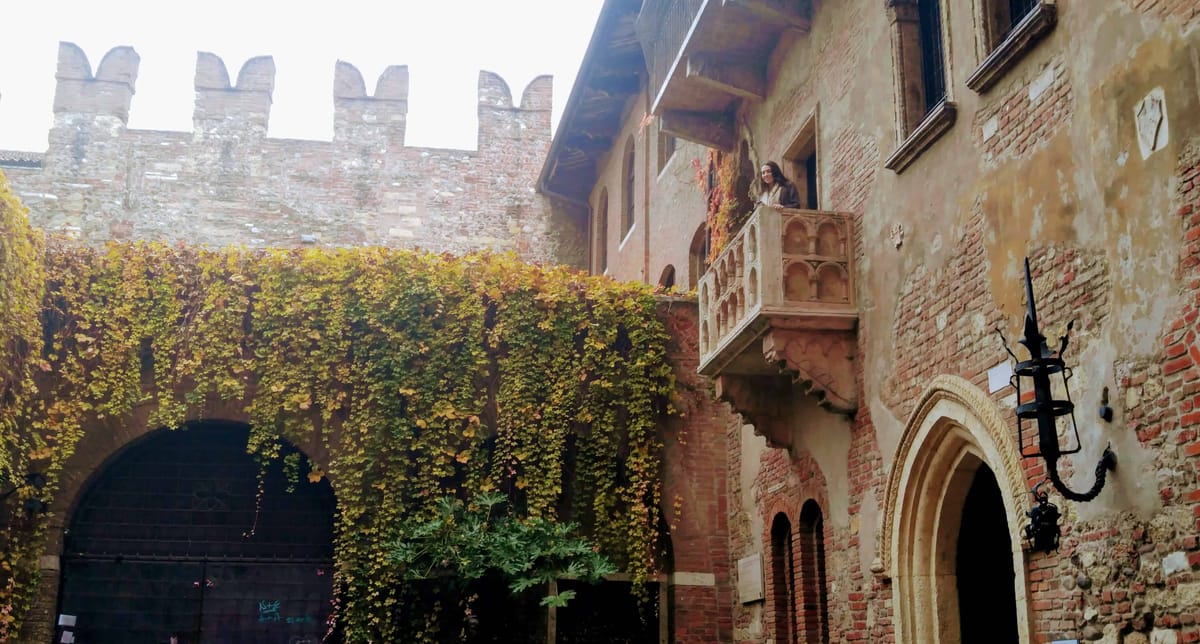
My Inspiration – Letters to Juliet
A few years ago a movie named Letters to Juliet told the delightful story of a group of women in Verona, Italy who collected and answered letters written to the fictional character of Juliet (from the famous play Romeo and Juliet by Shakespeare) about their own requited love.
The film highlighted how desperate women would spill out their fears, worries, and pain about love affairs gone awry onto small pieces of paper. They then suck them in a gate in the courtyard below a balcony on a Verona home historically owned by a well-known family supposedly named “Cappello.” Somehow they seemed to feel as if Juliet, the most star-crossed lover of all times, would understand how they felt and offer sympathy.
The movie told how these grieving women, to their surprise, often received a response letter written by a group of local women known as “Secretaries of Juliet.” Each day these women would take down the scraps of paper stained with tears and if possible write back, offering advice and comfort to the women. This small film, beloved by romance lovers around the world, solidified the mystique and role of “Juliet Capulet” as the patron saint of heart-broken women.
I was curious on a recent trip to Verona to check out this balcony for myself. I wanted to see if there was any truth to this story, and perhaps to catch a bit of the magic for myself. Alas (to use a very Shakespearean word) I discovered that this story has now gone the way of most stories. Magnified and capitalized, in order to convince a few more tourists to spend a few more dollars.
The House of Juliet Museum
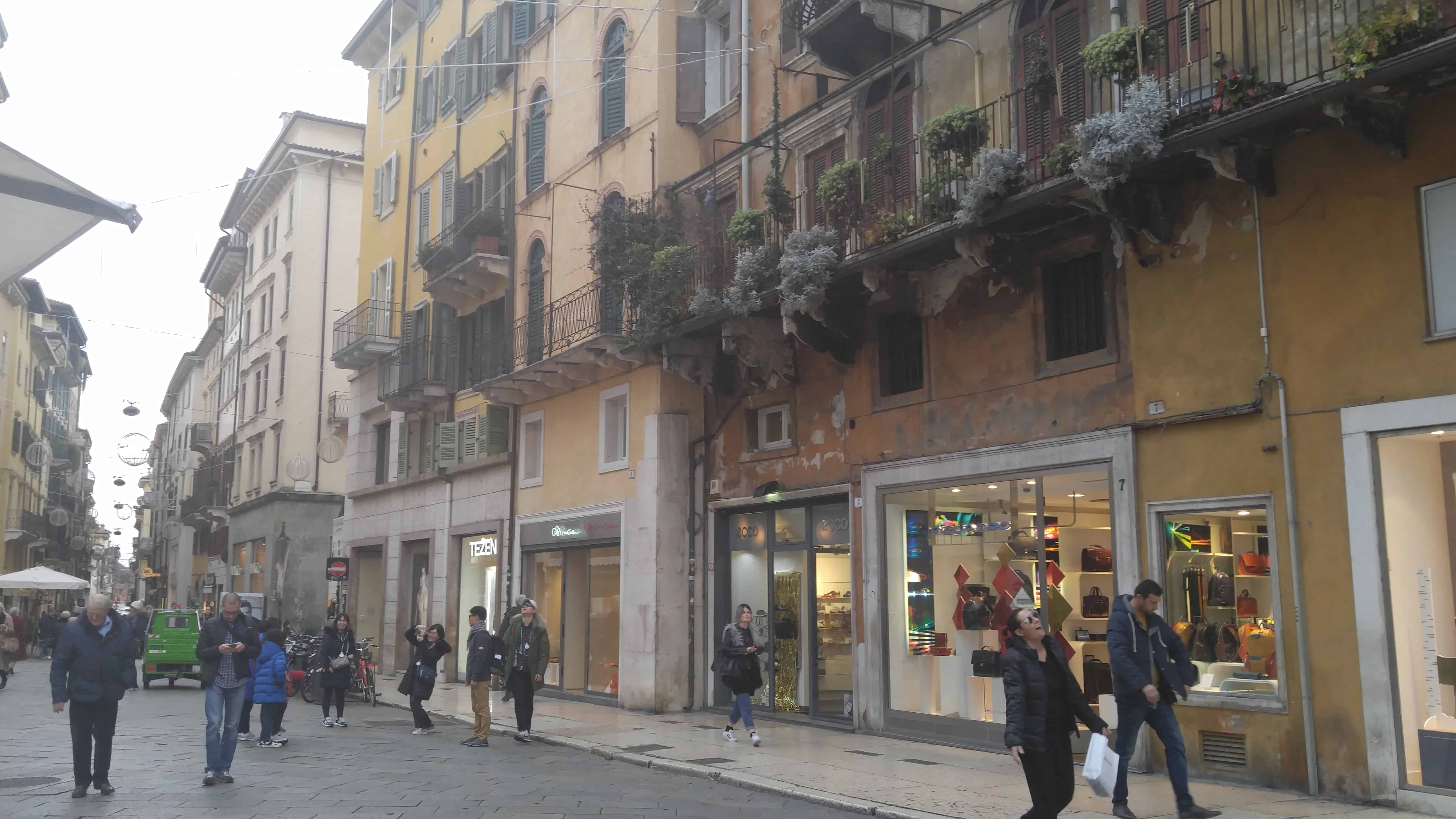
Verona, a lovely old town, can easily be reached via local train from either Venice or Vicenza. A short taxi ride into the historical section of the town sets you down in a wonderful old town square called, Piazza delle Erbe. The square, surrounded by stunning Baroque buildings like the Palazzo Maffei, buzzes with market vendors. A sign points the way down the street to the House of Juliet Museum which is about two blocks away.
Juliet – Truth of Fiction
A crowd had slowly built when I arrived at an archway leading into a small courtyard filled with tourists. A glance at “the balcony” above quickly drew me into the make-believe world of Romeo and Juliet. The focal point of the courtyard is a beautiful bronze statue of Juliet. Juliet looks sad but lovely in the midst of her travails.
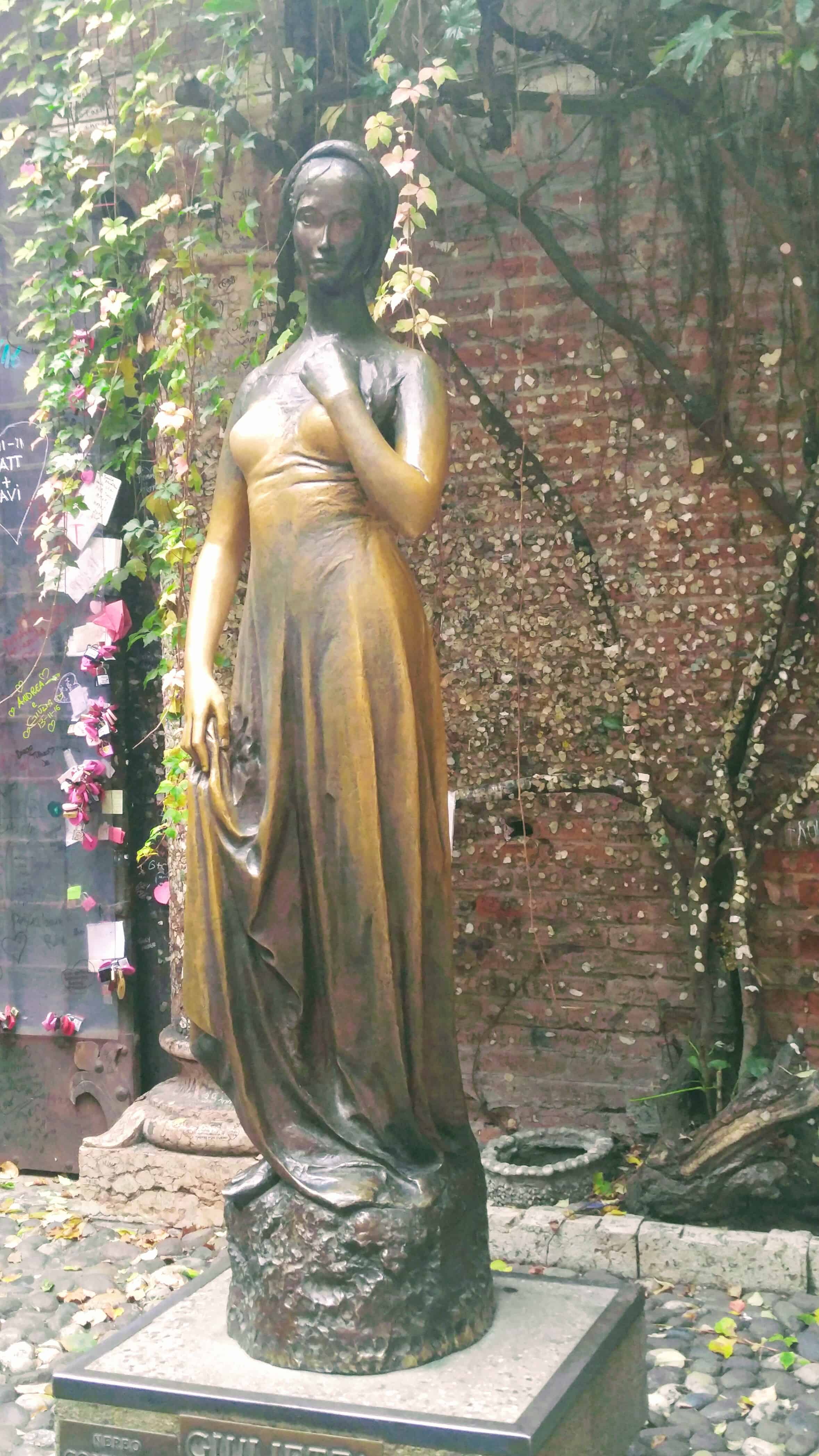
Of course everyone knows that Juliet was not a real person. but rather a character in a beautiful but tragic play. However Verona plays it differently. A plaque (in six languages) somberly advises that “this house is located in a residence of medieval origin that, along with a cluster of surrounding buildings, has been the official property of the Del Cappello family since the 1200’s. From this derives the name Capuleti, the noble house of Juliet.”
Without stating that Juliet was a real person, the text implies a connection between the story and the house. To solidify a real historical connection, the text informs readers that “since the early 1800’s Juliet’s house has been a place of pilgrimage for travelers, including such luminaries as Charles Dickens, who recorded his impressions of the picturesque residence in written word.”
In other words, since it is written down that this is really Juliet’s house, then it really is. And it seems like the crowd believes it. In fact, I am inclined to believe it myself. This place looks like it could be the house where Juliet lived. So she must be real, and the house must really be her house! It is certainly a mystery, and one that I am willing to buy into.
The Balcony

As I focus on the balcony, I see a young woman step out who bears a strong resemblance to every Juliet that I have seen on stage. She pauses briefly to speak to a young man below the balcony. I realize that she is actually reciting a portion of the well-known script.
Are these two actors hired to bring out the ambience? Nope, I realize that they are simply tourists willing to engage in the fantasy of love as symbolized by this setting.
I watch for about thirty minutes while tourists gamely take their turn to climb to the second floor and go out onto the balcony in their own “Juliet moment.” Each time a new woman appears the crowd below smiles and basks in the love, taking pictures as if the tourists were actually living in a medieval tragedy.
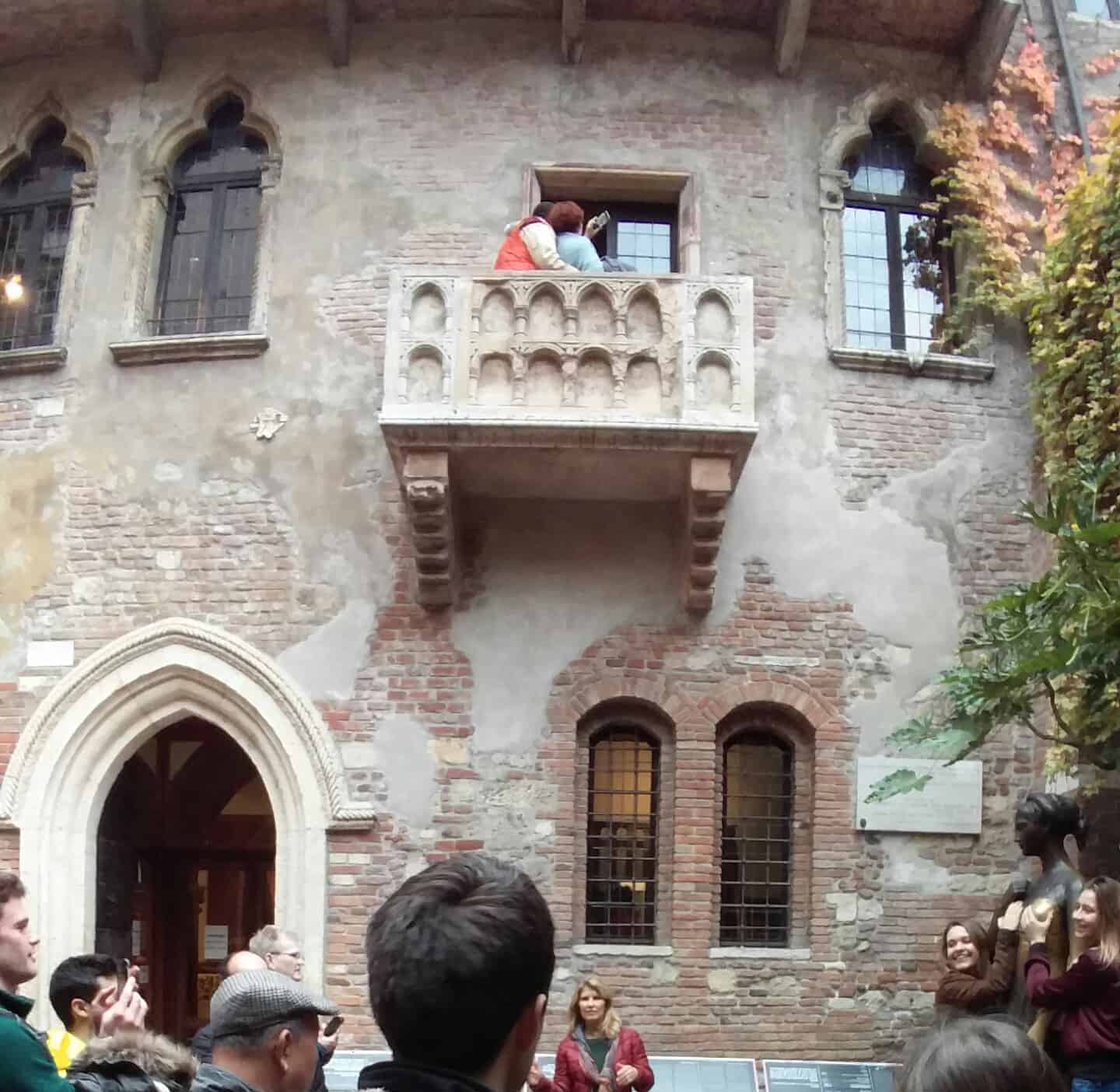
Heck, I eventually give into the moment and climb out onto the balcony myself, reliving the time in college when I played Juliet in a small-town production of the play. Despite my cynicism, it is a treat that I won’t soon forget.
The Museum
The very sparse “museum” has only a few small paintings and pieces of pottery scattered about three floors. However, you can’t get out onto the balcony without buying a ticket, so it is a small price to pay. Disappointingly, I learned that the museum now strongly discourages visitors from leaving notes. Perhaps the movie’s popularity caused too high a volume to handle? But for those determined to leave their feelings for Juliet an antique book provides that opportunity. There is no mention on the property of the women who respond to the letters. And the guard acts as if she doesn’t understand English when I inquire.
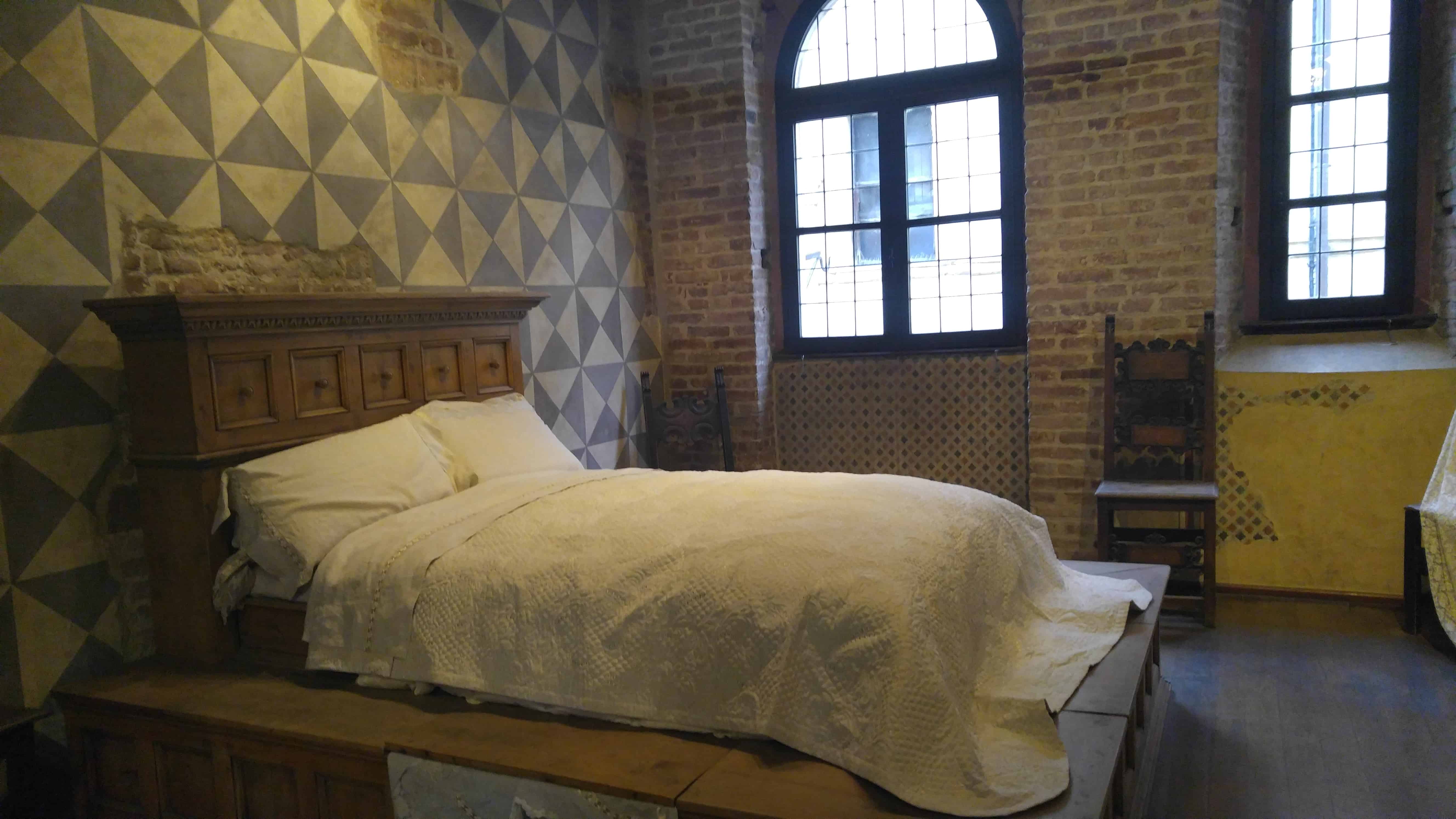
My favorite fact about the museum? This home was used in some screen shots of the movie Romeo and Juliet, directed by Franco Zefferelli. The movie won several Academy Awards in 1968, including the Oscar for Best Picture and Best Costumes. On the second floor of the museum sits the bed used in the movie, as well as two famous costumes.
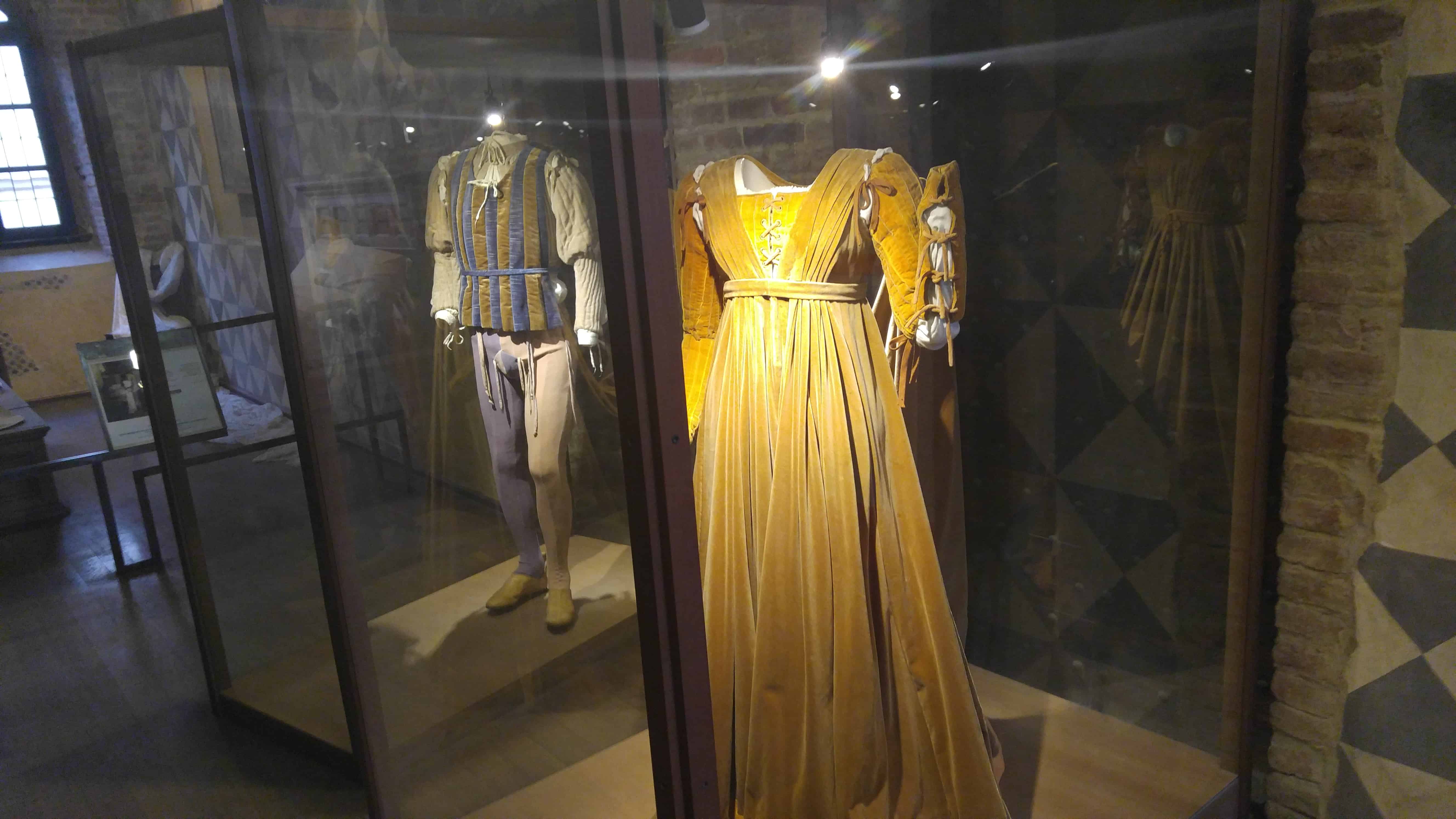
A wide-eyed teenager in 1968, this movie personified romantic love. So it thrilled me to see these items. They transported me back to those wild and free years when anything could happen in my life.
Juliet in Verona
Later, as I wandered back into the street the large number of stores that sold Juliet merchandise struck me: t-shirts, pillows, books, diaries, jewelry, etc. all marked with symbols of love and desire. And I can tell you that the tourists were buying these items in great quantities, with big smiles on their faces.
I guess it remains true that “all the world is a stage,” and that the 500 year stories of Shakespeare are relevant today. The story of the balcony might have been imagined by a writer in another country, but the love that inspired that story is tangible and universal. If the world needs an actual balcony in Verona to be reminded of this love, so be it.
If You Want to Go
• The site of the Juliet Museum, officially called Museo degli affreschi Giovanni Battista Cavalcaselle, provides more information on their website. A ticket to the museum is 4.50E, and you can see the “tomb” of Juliet for an additional Euro.
• Pick up a Hop On-Hop Off bus tour at the train station. The bus takes you to 16 tourist sites across the city.
• If you want to really soak up the flavor of the Montagues and the Capulets, take a private tour from a local through Tours by Locals. Both walking and small vehicle tours, tailored to your interests, are available.
• Released in 2010, the movie Letters to Juliet stars Amanda Siegfried and Vanessa Redgrave. Regularly shown on cable, it is also available for purchase from Amazon. And yes, of course, the two star-crossed lovers don’t die at the end of the movie!
Follow Marcy on Milesgeek, through Europe and elsewhere, as she makes the most of an unexpected retirement.




